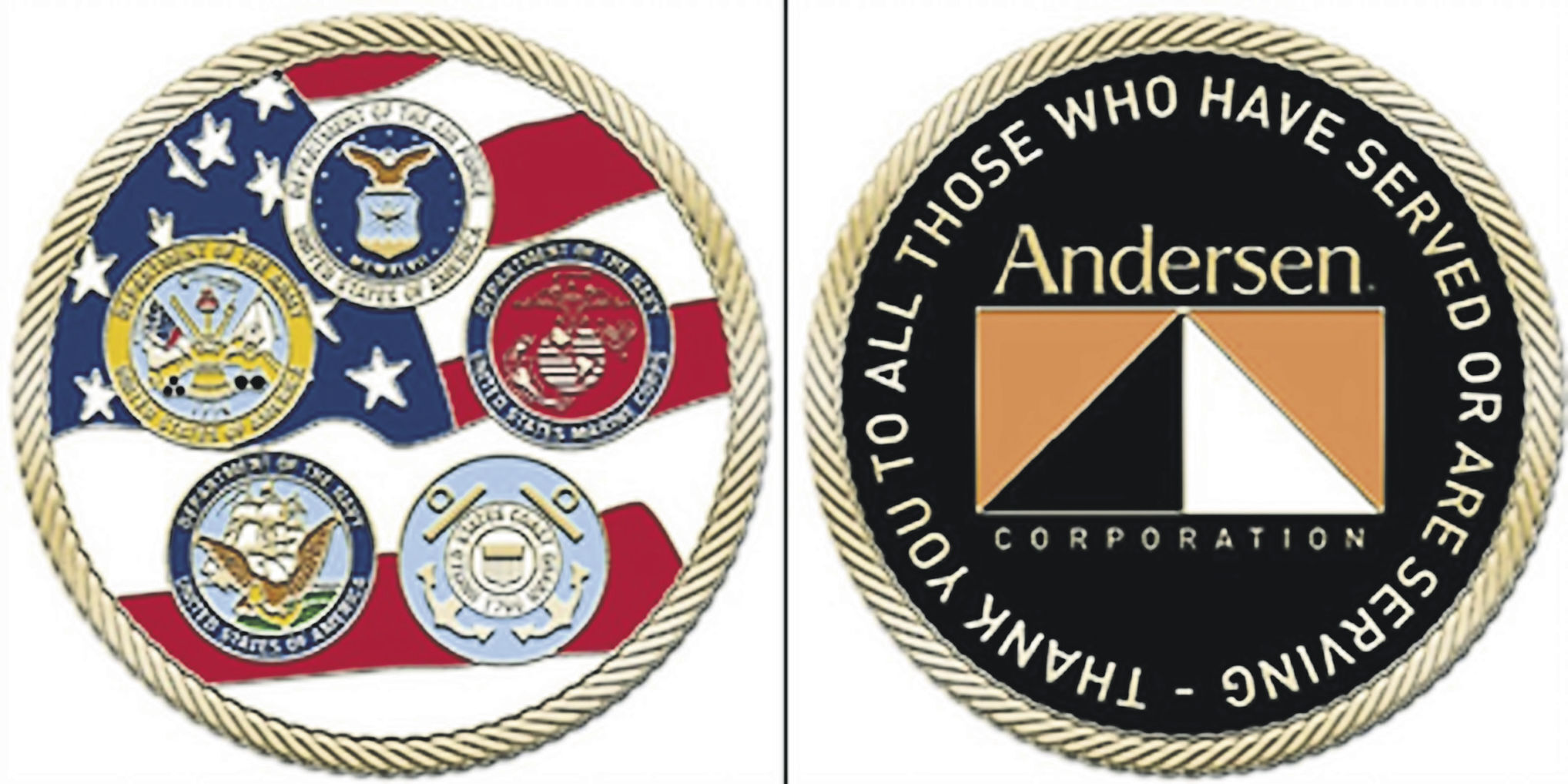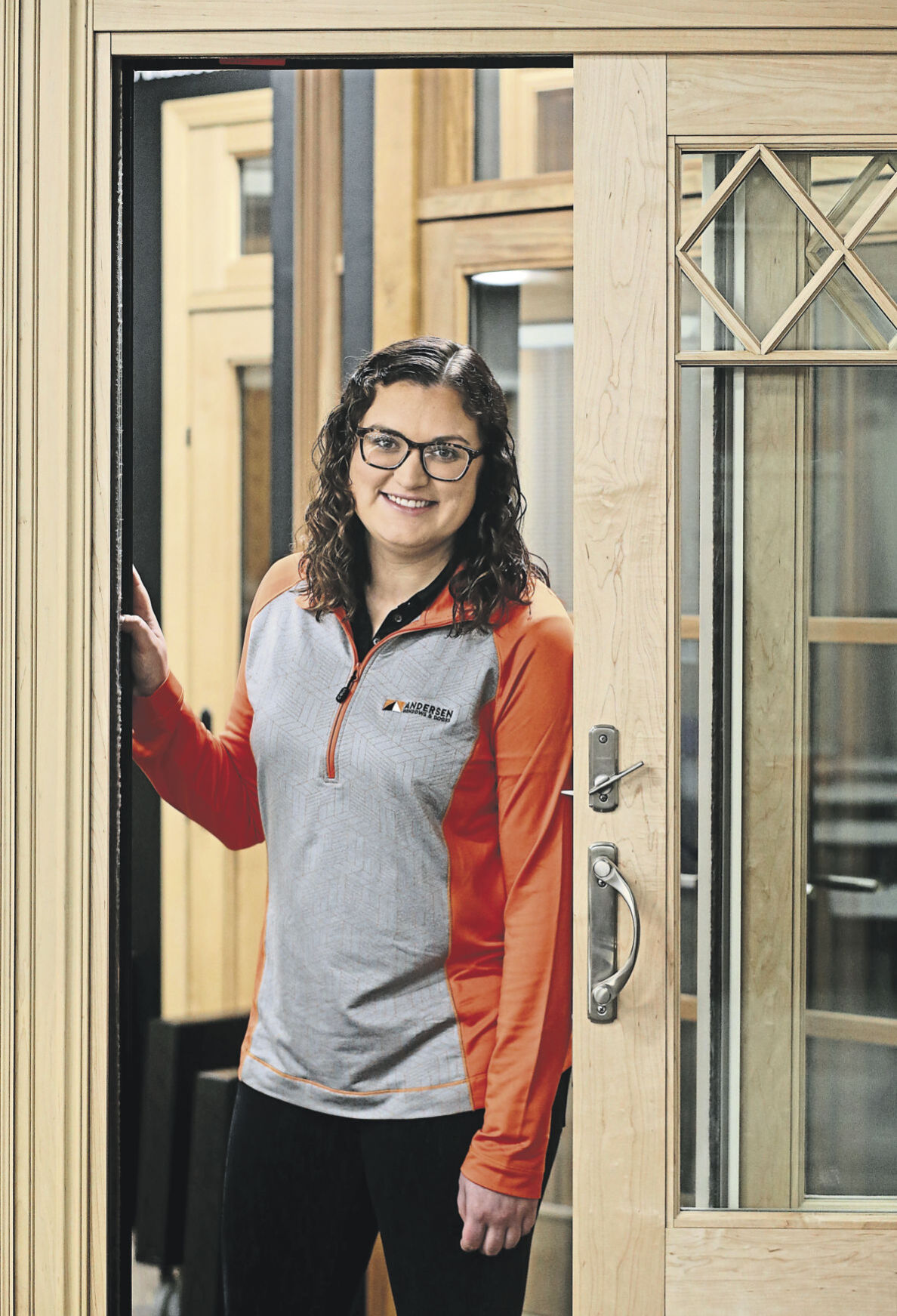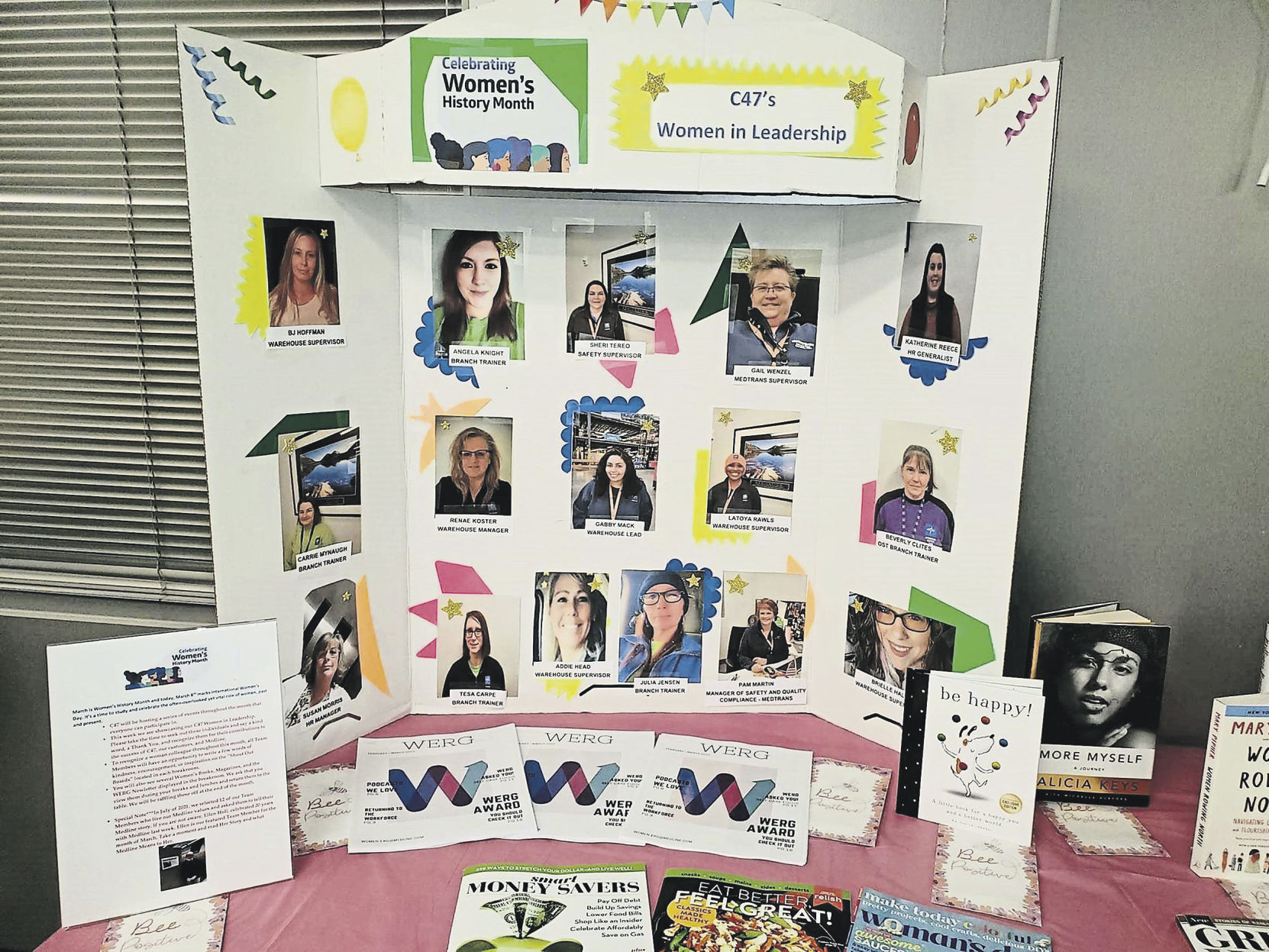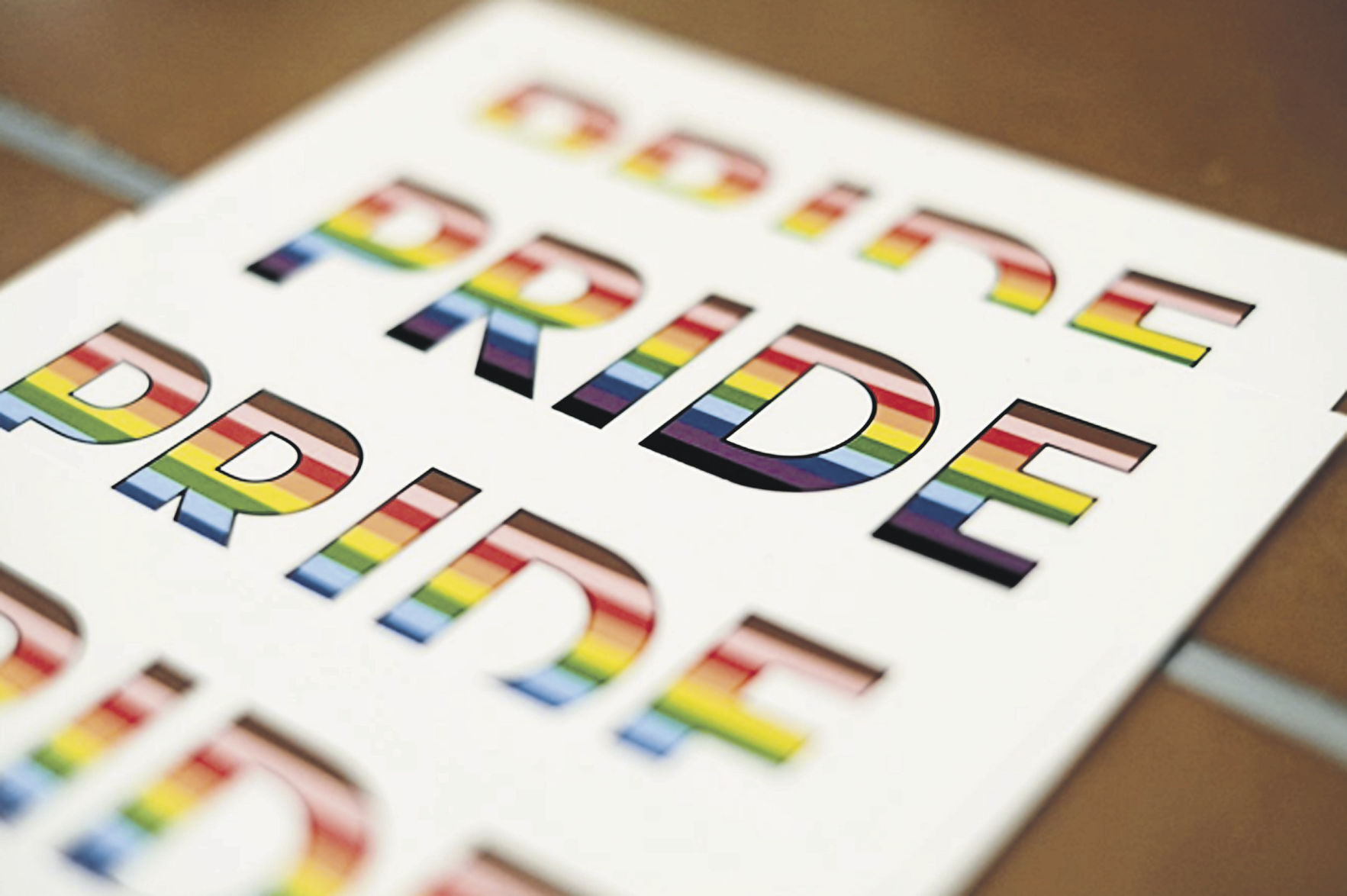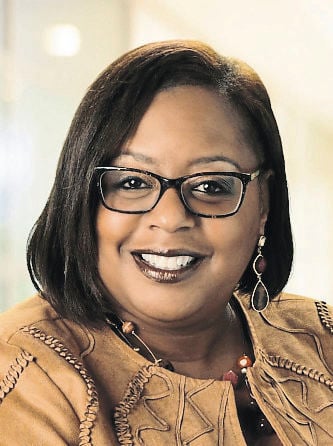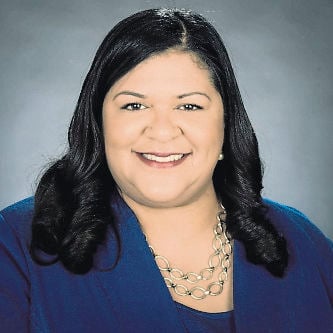ERGs are credited with accomplishing goals including:
• Improving work conditions for alienated workers. ERGs help marginalized groups and remote workers feel connected through a common cause or interest.
• Making the physical work environment better for everyone. For example, creating gender-neutral restrooms and improving physical or visual accessibility for employees.
• Bringing employees together in a safe place where conversations can flow freely and everyone can feel comfortable sharing their experience.
• Identifying and developing leaders in the making. ERG leaders can help identify emerging talent that might otherwise go overlooked due to unconscious bias. Participants can find new opportunities to connect with mentors and supportive colleagues across business units.
• Tackling company-wide challenges. ERGs designed to address a specific topic or issue can help keep leaders in the know about issues or wins that are top of mind for the group members.
• Lowering the chance of suppressed frustrations. ERGs can help surface an issue that might be too risky for an individual to share alone. This can help address problems quickly and alleviate toxic environments.
Source: agreatplacetowork.com
Employee Resource Groups, or ERGs, are voluntary, employee-led groups whose goal is to foster a diverse and inclusive workplace.
ERGs usually are formed and participated in by employees who share a characteristic, whether it’s gender, ethnicity, religious affiliation, lifestyle or interest. The groups help in personal or career development and create a safe space where employees can bring their whole selves to the table. Allies usually are invited to join the ERG to support their co-workers.
ERG History
The roots of ERGs began in the 1960s during the civil rights movement when Black employees and the CEO of Xerox started a workplace affinity group in response to racial tensions in the U.S. Race riots were occurring in Rochester, N.Y., where Xerox was headquartered.
At the time, Xerox had a progressive hiring program, but once hired, Black employees faced discrimination. In 1970, the CEO and Xerox’s Black employees launched the National Black Employees Caucus to create a space for Black employees to discuss their experiences and advocate for change within their company. This caucus was the country’s first official ERG.
According to the website, TopMBA, ERGs are found in 90% of the Fortune 500 companies. Plus, businesses certified as “Great Place to Work,” including AT&T, Ernst & Young and Zillow, have ERGs.
The title of chief diversity officer is an addition to many companies. According to data from the business-to-business intelligence platform, ZoomInfo, executive diversity and inclusion job titles have increased 113% since 2015. And, nearly 40% of Fortune 500 companies have executives dedicated to DEI.
Becoming a DEI Champion
Emily Simon recently became the Diversity, Equity and Inclusion champion for Andersen Windows in Dubuque. Simon, an Engineer I, completed the training to become a Certified Diversity Executive through the Institute of Diversity Certification.
“I chose to become involved in multiple Employee Resource Network (ERN) groups at Andersen and the DEI Champion program because I love networking with my peers and learning about other cultures, backgrounds and DEI-focused projects in the organization,” Simon said. “My goal as DEI champion is to become a resource for employees at the Dubuque office and provide opportunities for them to become involved in the ERNs at Andersen.”
Simon said that as an employee in Dubuque, it can be challenging to stay involved in a remote location away from the company headquarters in Oak Park Heights, Minn. The pandemic brought a transition to virtual learning sessions which helped to keep the ERG members involved.
“I’ve become an active participant in the Andersen Young Professionals Network, Women Leaders and STEM ERNs. I hope to encourage other employees from the office and production floor to be proud of and celebrate their diversity through local opportunities.”
EMPLOYEE RESOURCE GROUPS Q&A
Diversity officers and human resource managers from Andersen Windows, Medline and John Deere responded to questions regarding the ERGs offered at their companies.
Respondent: Tracey Gibson, vice president and chief diversity officer at Andersen Corp.
When did Andersen Corp. start its employee resource networks? In 2016, a group of young professionals at Andersen worked with leadership to form the Andersen Young Professionals Network (AYPN). Steve Mog, former senior vice president and general manager, of The Home Depot division, committed to the group as an executive sponsor and worked with them to establish the ERN’s mission and vision — supporting the education, engagement and connection of emerging employees through career development, mentoring, cross-functional networking and learning opportunities. Shortly after, Women Leaders of Andersen was formed to support the development and advancement of women. Andersen has 10 ERNs.
Why did Andersen start the ERNs?
We are committed to having an inclusive and diverse workplace where employees feel welcome, valued and driven to reach their full potential. One of the ways Andersen is achieving this is by encouraging employees to join any of the employee resource networks.
ERNS are employee-led groups that encourage personal and professional development, promote diversity and drive company and individual growth through a network of employees leveraging their collective range of skills, talents and diverse perspectives. These well-supported groups deliver business value and support employee retention through increased engagement and affinity.
How does the ERN help Andersen and the employees?
Our ERNs serve as an extension to the Office of Inclusion, providing leadership and program support to advance our company’s DE&I objectives and drive results. Our ERNs not only support employees who choose to join these groups, they also provide important education and awareness opportunities for all of our employees and extend the reach of our company into the community through volunteerism and community engagement.
Each ERN is sponsored by a member of Andersen’s executive committee and members of ERNs typically share a common affinity such as ethnicity, gender, cultural identity, etc., however, employees throughout the Andersen enterprise are welcome to join any network that most resonates with them.
How many employees are involved in the ERNs?
The entire Andersen enterprise is welcome to participate in our ERNs and we have more than 1,200 employees actively engaged. We actively encourage our employees to participate in one or more ERNs that resonate with them. At Andersen, we know diversity and inclusion are not just about race, gender, age, sexual orientation, disability or mental health. A workplace centered around inclusion ignites creativity, problem solving, collaboration and innovation.
ERN-related information and activities are shared on Andersen’s internal communications platform. In 2022, Andersen will be expanding this platform which will increase ERN accessibility to manufacturing and distribution employees.
How has the pandemic and remote workers changed the way the ERNs work?
Prior to the pandemic, ERNs frequently met in person for events, meetings and networking, often taking place at our corporate offices in Minnesota. In 2020, all ERNs moved their events to meet virtually.
Despite changing plans, the switch to virtual events largely had a positive impact on ERN engagement by extending the reach of our events to more employees across the enterprise through meaningful content, virtual events and ERN “in a box” events that are low barrier to access from any location.
What are some of the projects that your ERNs have worked on in the Dubuque area? Dubuque employees and employees from other locations around the enterprise are able to stay engaged by attending virtual events, receiving newsletters and reading content on our employee intranet. While participation is more challenging for our manufacturing employees, the teams are committed to continuing to innovate and evolve to be as accessible and inclusive for as many employees as possible.
In June 2021, our PRIDE+ employee resource network delivered “Pride in a Box” to more than 30 Andersen sites, including Dubuque, to celebrate Pride Month and our LGBTQIA+ team members. The box included Pride month banners, bracelets and more, encouraging employees to show up as they are and celebrate PRIDE with one another.
In September 2021, our LATINX employee resource network delivered “Hispanic Heritage Month in a Box” to more than 20 Andersen sites, including Dubuque, to celebrate our LATINX members. The box included cultural banners, treats from various countries and more information on Andersen’s LATINX ERN, which had just launched.
As part of Andersen’s commitment to the armed forces, the company launched the Military Connections ERN a few years ago. Each year for Veteran’s Day, Dubuque leadership gives local employee Veterans a gift, thank you card and a provided lunch in honor of our gratitude for our armed forces. The Dubuque manufacturing facility has a Veteran monitor which is active year-round, showcasing names and photos of our employees who serve and have served.
One way we recognize our Veterans is with challenge coins. Since the days of the Roman Empire, challenge coins have played an important role in military recognition. The tradition within the U.S. military is thought to have begun during World War I, when a rich lieutenant commissioned a set of solid bronze coins for the pilots under his command. He handed them out as the unit was preparing for a dangerous mission that would take place over enemy territory.
Today, unit commanders give challenge coins as a special recognition of achievement. Andersen (including our Dubuque location) is proud to continue this tradition with a special challenge coin, to recognize prior military service.
Andersen Windows Employee Resources Network Groups
- AADAPT (Andersen Abled and Disabled Associates Partnering Together): Empowers the Andersen community to reach their full potential, including employees and family members that are living and working with any dimension of disability
- African Descent Network: The ADN works to make Andersen an employer of choice for Black professionals and allies. ADN members are focused on attracting, retaining and developing top talent, and are committed to representing the Andersen brand through community engagement, volunteerism and philanthropy.
- Andersen Young Professionals Network: Supports the education, engagement and connection of emerging employees through career development, mentoring, cross-functional networking and learning opportunities.
- Asian Pacific Islander ERN: Fosters professional development, networking opportunities and discuss issues of interest to the larger Asian and Pacific Islander community within Andersen.
- Latinx Community at Andersen: Celebrates Latin cultures, addresses challenges within the Latin community, and encourages professional development.
- Military Connections: Leads initiatives and assists with identifying resources and support for our veterans, active military employees and their families.
- Pride+: Supports a fully equitable community at Andersen for lesbian, gay, bisexual, transgender, questioning, queer, intersex, asexual (LGBTQIA) people and allies.
- STEM (Science, Tech, Engineering, Math): Builds a community of support within STEM disciplines at Andersen Windows and in local communities
- South Asian: Creates awareness of the culture and encourages engagement from employees belonging to the South Asian part of the world (India, Nepal, Pakistan, Bangladesh, Sri Lanka and others).
- Women Leaders of Andersen: Supports the development and advancement of women, influences a culture of parity, create allies for women, connects women to build meaningful networks and gives back to support local communities.
Respondent: Jennifer Perkins, vice president of global human resources and inclusion and diversity
When did Medline start its employee resource groups?
Medline is committed to fostering access and opportunity for all people to achieve their full potential. Our inclusion and diversity function formed in early 2020. While establishing ERGs always was part of our strategy, the conversations happening around the country at that time led us to expedite the launch of our first ERG, the Black Employee Network, at the end of 2020.
The group focuses on creating and nurturing an inclusive culture that supports the proactive recruitment, retention, and professional development of Black Medline employees, and improves the holistic representation of Black people throughout our workforce.
In 2021, we rolled out five additional groups and now have six:
• Black Employee Network.
• Asian Pacific American ERG.
• Hispanic and LatinX ERG.
• LGBTQ+ ERG.
• Women’s ERG.
• Medline Veteran Engagement Team.
In 2022, we plan to launch the Disability Awareness and Action Alliance, an employee resource group that will serve Medline employees with disabilities and friends and family members of those with disabilities and allies.
Why did Medline start the ERGs?
We created Employee Resource Groups to help continue our mission to foster an inclusive workplace and build a sense of belonging throughout Medline. ERGs offer a dedicated space to establish stronger connections between employees and get involved in cultural, educational and outreach activities that support their professional development. Additionally, ERGs can help identify gaps and blind spots in organizational initiatives and leverage diversity of perspectives to impact business results. For example, our consumer retail line is testing texture-inclusive shampoos and skin care products with the Black Employee Network. ERGs can be a sounding board to ensure we are making our product offerings inclusive.
How many employees are involved in the ERG?
We have more than 1,200 ERG members, many of whom are involved in multiple groups. We encourage employees to join any group they have a passion for, and they do not need to directly identify with that group — allies are welcome. In fact, all our ERGS have a significant number of allies who are members.
How has the pandemic and remote workers changed the way the ERGs work? We launched ERGs during the pandemic so this has been the norm for us. Our corporate employees worked remotely during the pandemic so we focused on virtual engagement – from networking opportunities via Zoom breakout rooms, to online webinars and lunch and learns. We are looking forward to offering in-person opportunities for our corporate employees as they return to the office.
For employees working at our manufacturing and distribution centers, we distribute flyers with information and resources, videos highlighting cultural heritage and history related to a given group. For example, in March for Women’s History Month, manufacturing and operations sites installed recognition boards to celebrate women at Medline for their achievements.
We also intend to offer more opportunities for our groups to connect with local non-profit organizations in their communities so that their impact is felt beyond Medline.
What are some of the projects that your ERGs have worked on in the Dubuque area?
Dubuque area employees have also worked remotely during the pandemic and have participated in the virtual networking, education and engagement opportunities we’ve been hosting.
Respondent: Ann Hartman, human resources manager
When did John Deere start its employee resource groups?
2001.
What was the first ERG?
Women’s Reach in 2001.
Why did John Deere start the ERGs?
John Deere ERGs are created to offer a regional platform for employees interested in promoting diversity, equity, and inclusion by providing opportunities for networking, training, personal development and leadership exposure. By providing these opportunities, members are supported to leverage their full potential, become better trained, better connected and more engaged in the workforce.
To deliver on our higher purpose, John Deere must have the best teams, the best talent and a culture in which every person can contribute fully as their authentic selves and have an equal opportunity for success.
Diversity: At John Deere, we recognize and value the uniqueness that every employee brings. To achieve our organizational goals, we need all types of diversity, including racial and ethnic, gender, gender identity, generational, physical abilities, sexual orientation, geographic, national origin and cultural.
Equity: At John Deere, we ensure that all employees have a level playing field. Equity means all employees are treated fairly and are empowered to lead and make decisions. Everyone has the opportunity to advance based on their talent, contribution, and aspirations.
Inclusion: Through our policies, practices and behaviors, John Deere creates an organizational culture that values, respects, and develops our diverse talent. Inclusion means our people’s unique contributions are appreciated and recognized, as well as empowered and unleashed to contribute fully as their authentic selves.
DEI mission statement: Rooted in the truth that progress and growth require a fair playing field, our mission is to foster a diverse, equitable, and inclusive workplace where all voices are heard and included. We continue to champion policies, practices, and behaviors that amplify innovation on behalf of people, community, and planet.
How many ERGs do you have now and what are the missions of the ERGS?
We have six ERGs
Rainbow ERG: Supports lesbian, gay, bisexual, transgender, and queer/questioning (LGBTQ) inclusion at John Deere by breaking isolation and encouraging employee networking. We build and strengthen allyship across the Enterprise so that all employees can bring their authentic selves to work. We recognize and appreciate all employees, regardless of their sexual orientation, gender identity, or gender expression.
New and Experienced Organizational Network (NEON) ERG: This group is striving to grow a stronger community through inclusion and action.
- Networking – Virtual and in-person gatherings.
- Professional Development – Learn about different business cultures.
- Community Involvement – Volunteer to make the world a better place.
Women in Manufacturing (WiM): To create a strong network, build confidence, and empower women to lead and thrive in operations and manufacturing roles.
Multi-Cultural Awareness Group (MCAG): Supporting a work environment that values the richness of our multi-cultural backgrounds and promotes the understanding of the global environment in which we do business, through education, effective communication, relationship building and community partnership.
Parent and Caregiver Connection (PCC) ERG: To empower and improve the effectiveness of John Deere Dubuque Works employees in their dual role as business professionals and family caregivers.
• Providing resources to promote a successful work/life balance.
• Aiding in the recruitment and retention of a critical company asset: Our employees.
• Furthering John Deere goodwill in the community.
Military Employee Resource Group (MERG): Dedicated to those in the military or in some way connected to the military. MERG’s mission is to enable our members to express their support for military families and activities and exercise innovation and leadership in doing so, thereby engaging and inspiring John Deere employee members to develop skills and remain motivated to be part of John Deere.
How many employees are involved in the ERG? The John Deere Dubuque Works ERGs reach more than 500 actively engaged employees.
How does the ERG help John Deere and the employees?
John Deere recognizes Employee Resource Groups as a global competitive advantage to accelerate business results by:
• Finding innovative ways to create and sustain value for our employees, business partners, customers, shareholders and communities.
• Supporting an inclusive work environment in order to attract, develop and retain top talent from all backgrounds.
How has the pandemic and remote workers changed the way the ERGs work?
ERGs adapted during the pandemic to virtual meetings, connections made by 1:1 communications and community engagement online. Engagement in ERG’s has increased by offering the virtual option because of the saved travel time and convenience of recorded meetings.
What are some of the projects that your ERGs have worked on in the Dubuque area?
• St. Stephen’s Food Bank.
• United Way.
• Juneteenth celebration event hosted by the Multicultural Family Center.
• Pride Month.
• Make a Senior Smile (drive for clothing, games, books, essential hygiene items for seniors in the Dubuque community).
• Adopt a classroom.
• Dubuque Arboretum & Botanical Gardens clean up.
• Supply drive with HCAP for the engine house, downtown Dubuque.


